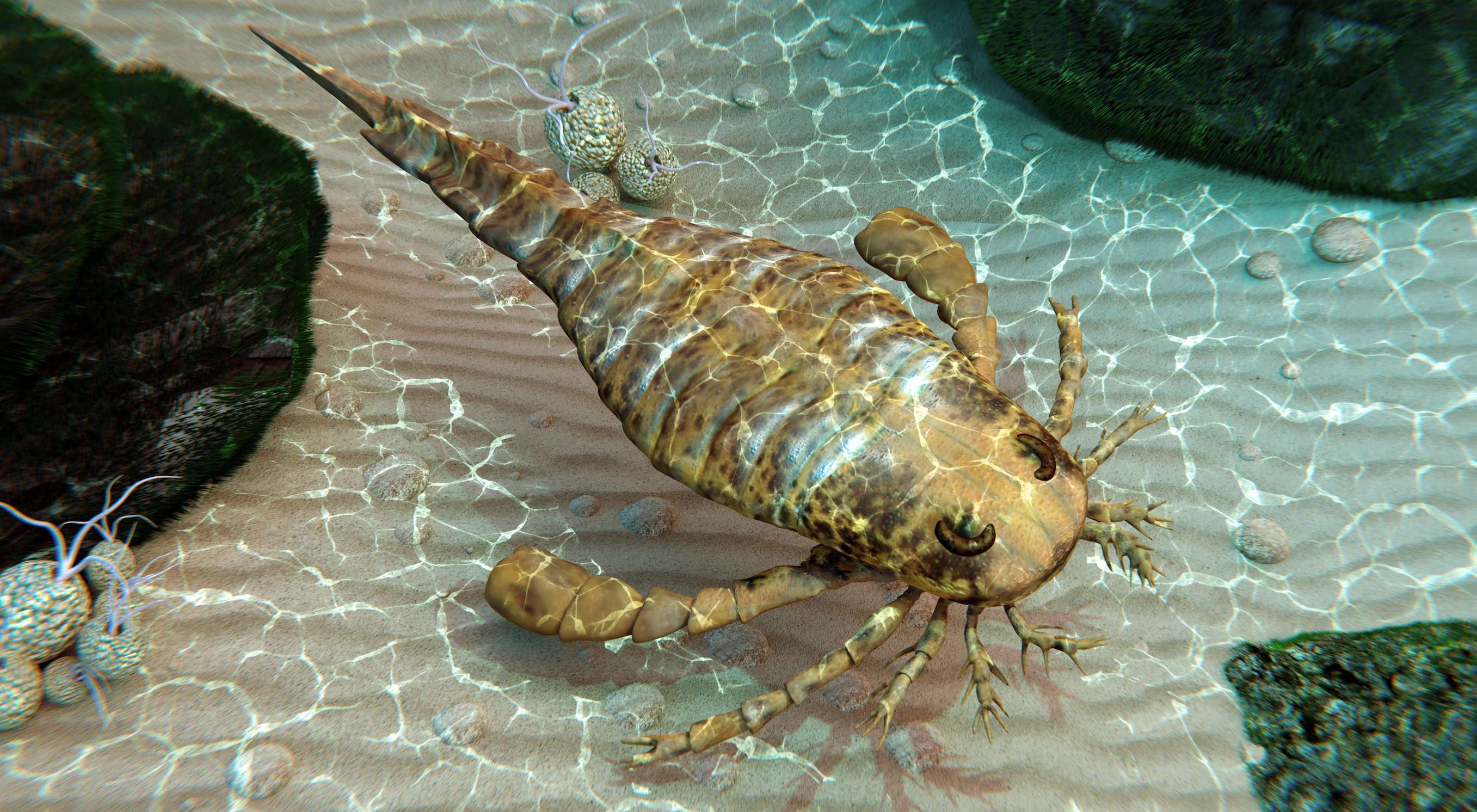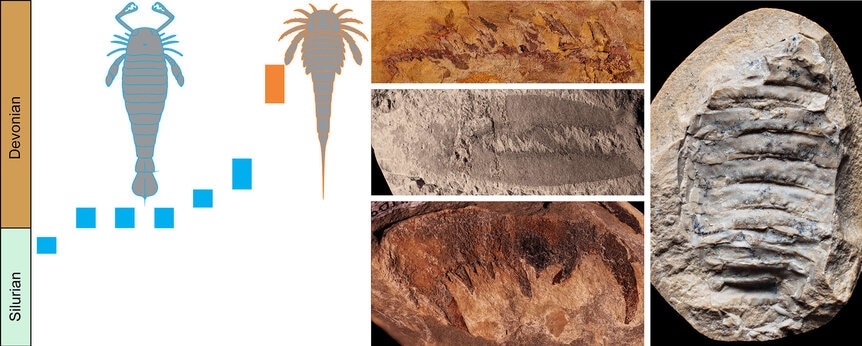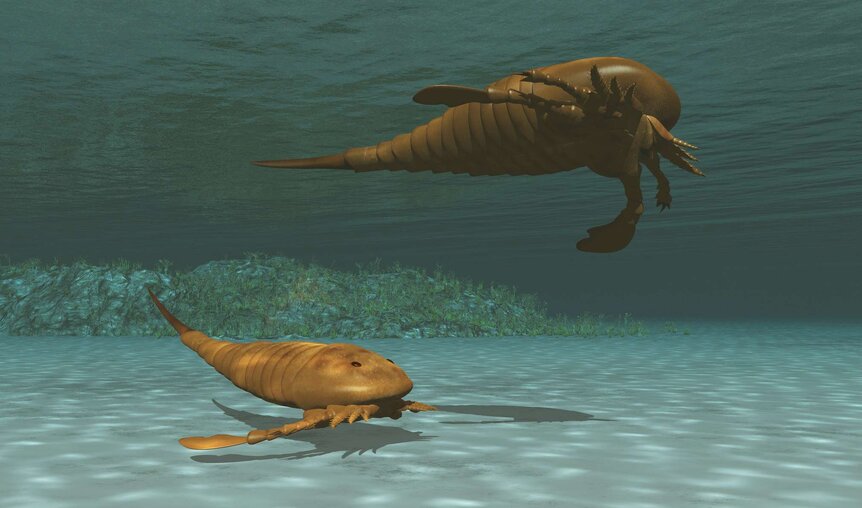Create a free profile to get unlimited access to exclusive videos, sweepstakes, and more!
Scientists recast giant sea scorpions as the great white sharks of their era

It's not too hard to imagine that the turbulent oceans of prehistoric Earth were a violent cauldron of emerging aquatic predators and helpless prey that was a churning, never-ending battle for survival.
Among some of the most vicious and imposing creatures to ever cruise the primeval waterways of our planet were the giant sea scorpions (Eurypterida) of the Paleozoic Era some 541 million to 252 million years ago. Now an expansive and comprehensive new study recently published in Gondwana Research focusing on these gigantic Australian arthropods is lending more credence to the notion that they were known as the great white sharks of their time.
Before this intense research paper headed up by Russell D.C. Bicknell of Australia's University of New England, Patrick M. Smith from Sydney's Macquarie University, and Markus Poschmann of Germany's Division for the Conservation of the Geological Heritage, there were only a total of ten official records of their existence and only one complete fossil.
By revisiting these giant sea scorpion remnants across Australia's museums, scientists have uncovered many neglected sea scorpion fossils that hadn’t previously been catalogued.
As a result, there are now six different groups that existed in the waters of what's now the continent of Australia, and investigations reveal the fact that they were the dominant marine predator of the Paleozoic circa 400 to 300 million years earlier.
Paleozoic arthropods like horseshoe crabs, crustaceans, and sea scorpions were some of the biggest animals living on Earth at the time. One particularly ferocious species, Jaekelopterus rhenaniae, was nearly eight feet long and made quick meals of smaller fish and other arthropods by attacking with crushing claws and tooth-like growths called gnathobasic spines sprouting from their legs.
To rectify the absence of any sufficient study on Australian sea scorpions, Bicknell and his team collated data on excavated fragments from the Gogo, Melbourne, and Montys Hut formations, the Humevale and Muttama Creek siltstones, and the Wilson Creek Shale, all spanning from the late Silurian to the late Devonian.
By reassessing the diversity of these sea scorpion fossils, the researchers were able to gain a more accurate picture of their role in the Gondwanan ecosystems of the Paleozoic Era. Their efforts unveiled several sea scorpion specimens that were never properly documented since the first fossil was found in Melbourne back in 1899, resulting in a half-dozen distinct groups that called this territory home.
"Future research will involve revisiting the sites where these specimens were originally collected, in the hope of finding more complete specimens," Bicknell wrote. "Not only will this help document Australian sea scorpion species better, it will also allow for a more complete understanding of the environments in which they lived. Ultimately, one thing is clear – there is much left to uncover about these titans that swam through Australia’s prehistoric oceans."






























